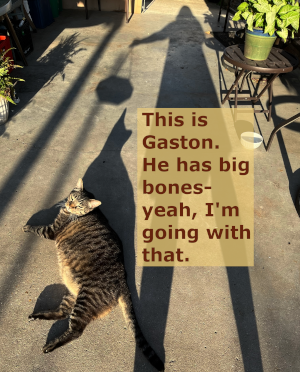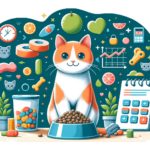
Welcome, fellow cat enthusiasts! If you’re a proud cat parent or planning to be one, one of the most common questions you might have is: “How much food does my cat need?” It’s a crucial question, as the amount of food you feed your feline friend can significantly impact their health and happiness.
Generally, a healthy adult cat requires about 20-30 calories per pound of body weight per day. Although, this amount can vary depending on factors like activity level and individual metabolism.
Understanding Your Cat’s Dietary Needs
Cats are obligate carnivores, which means they require a diet primarily made up of meat. This is essential for their overall health, providing them with crucial nutrients like taurine, which is not found in plant-based foods.
Age Matters
The dietary needs of a cat change throughout its life. Kittens, being in a rapid growth phase, need more calories and nutrients compared to adult cats. As they grow older, their metabolism slows down, and they may require fewer calories.
Activity Level
An active, outdoor cat will naturally need more calories than a sedentary indoor cat. If your cat loves to play and roam, you might need to adjust their diet accordingly.
Health Conditions
Cats with certain health conditions may have specific dietary requirements. For instance, a cat with diabetes might need a different type of food compared to a healthy cat.
How Much Should You Feed Your Cat?
Here’s a general guideline:
- Kittens (up to six months): Feed them kitten food three to four times a day.
- Adult cats (1-6 years): They typically need about 200-300 calories per day, but this can vary based on activity level and weight.
- Senior cats (7 years and older): Their calorie needs might decrease as they become less active.
Remember, these are just guidelines. The best approach is to consult with your vet to determine the precise amount and type of food your cat needs.
Types of Cat Food
- Dry Food: Convenient and cost-effective, but make sure it’s high in protein.
- Wet Food: Usually more appealing to cats and can help with hydration.
- Raw Diet: Some owners prefer feeding their cats a raw diet, but it’s crucial to do this correctly to avoid nutritional imbalances.
Monitoring Your Cat’s Weight
Keep an eye on your cat’s weight. If they’re gaining or losing weight unexpectedly, it might be time to adjust their diet. Regular visits to the vet are essential for monitoring their health.
Conclusion
Feeding your cat isn’t just about the quantity, but also the quality of the food. Pay attention to their individual needs, and don’t hesitate to seek advice from your vet. After all, a healthy cat is a happy cat!
Sources:
- American Society for the Prevention of Cruelty to Animals (ASPCA)
- The Humane Society of the United States
- Cornell University College of Veterinary Medicine
Remember, each cat is unique, and their needs can vary. It’s always best to consult with a veterinarian for personalized advice. Happy feeding! 🐱💕



